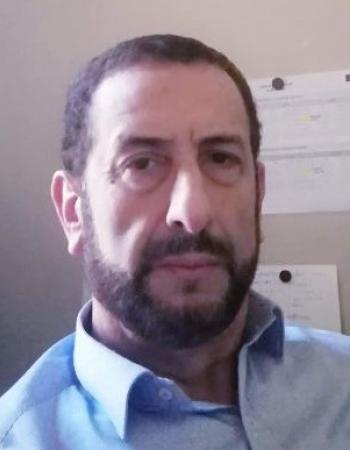Pulsed excitation heating of semiconductor material and its thermomagnetic response on the basis of fourth order MGT photothermal model
When designing mechanical equipment, it’s important to consider the photothermal impacts in addition to mechanical ones. This is because photothermal effects can have a significant influence on equipment performance. In this paper, a new theory of thermo-photoelasticity is presented that explains the processes of photoelectron carriers and heat transport in homogeneous and isotropic viscoelastic semiconductor materials. The proposed model combines fourth-order Moore–Gibson–Thompson (MGT) thermoelasticity with the coupled plasma equation. We also include the viscoelastic linear Kelvin–Voigt model, which represents the viscous nature of matter, as part of the model derivation process. We study the problem of a thermoelastic semiconductor medium with stable elastic properties and its traction-free surface exposed to heat flux in the form of laser pulses. To provide analytical solutions for all the variables studied, we use the normal mode approach as the methodology. Furthermore, we estimate the effects of laser pulse rise time, viscosity, and thermal parameters on all fields studied with the help of some comparisons displayed in different illustrations

The Internet of Things (IoT) devices are not able to execute resource-intensive tasks due to their limited storage and computing power.

When designing mechanical equipment, it’s important to consider the photothermal impacts in addition to mechanical ones. This is because photothermal effects can have a significant influence on…

